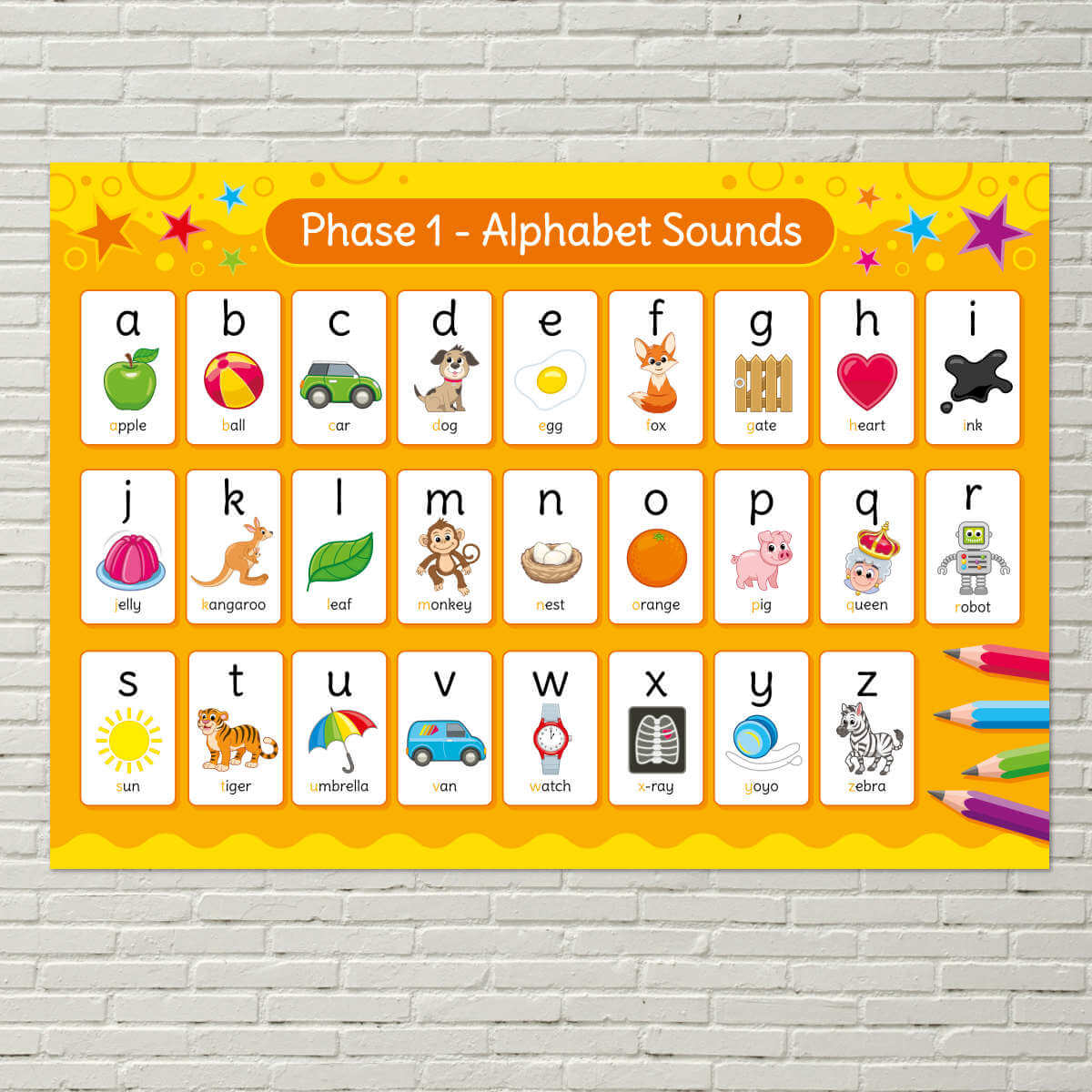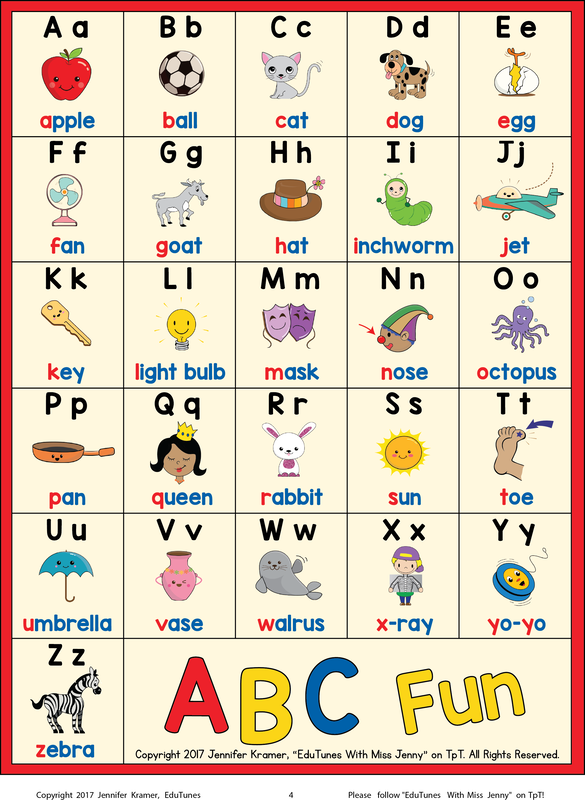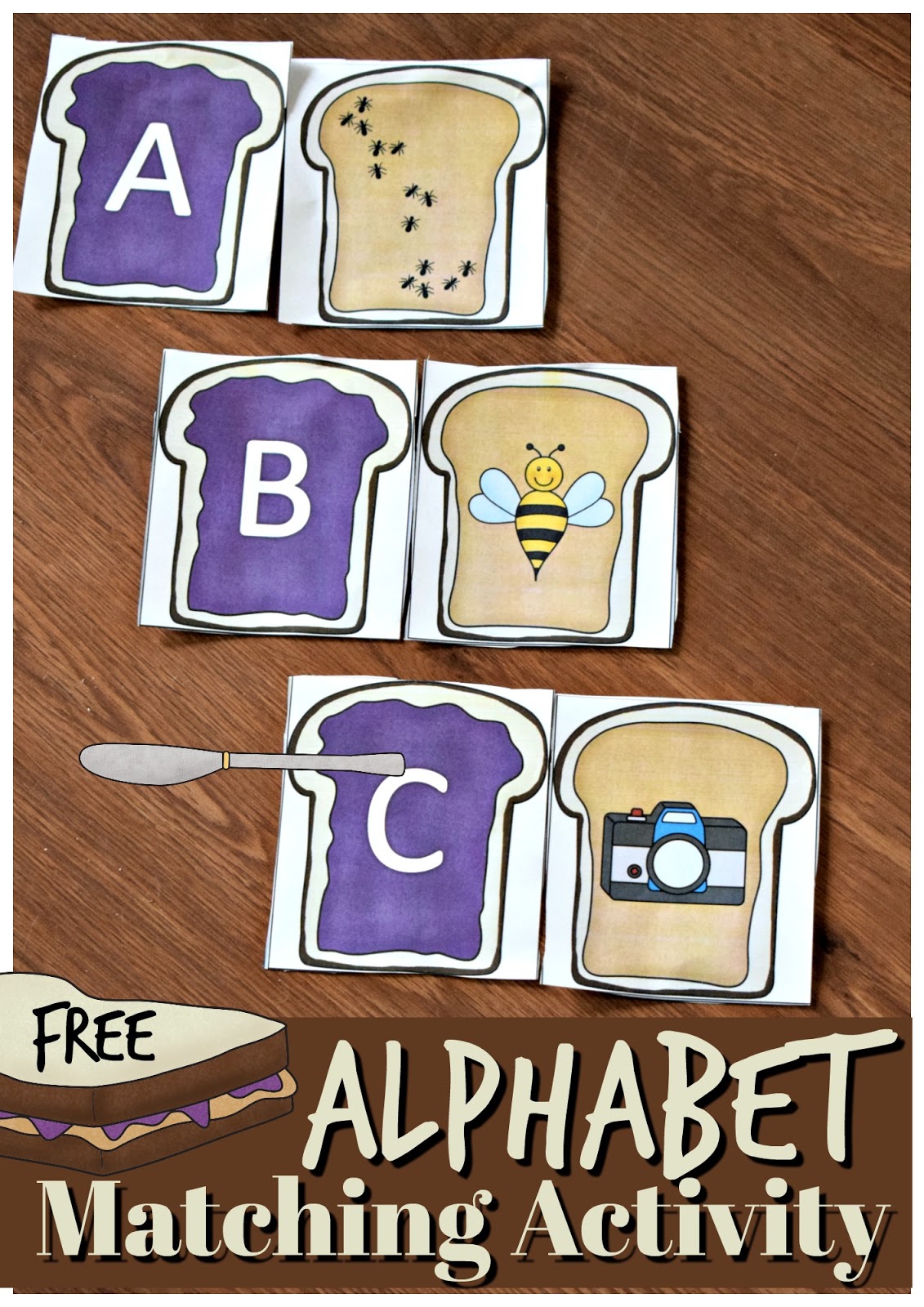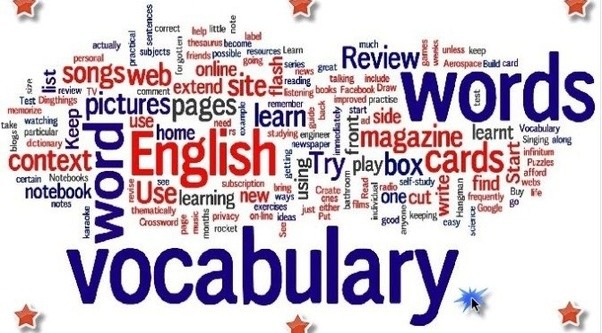Amazon com abc alphabet song with phonics and talking letters
Table of Contents
Table of Contents
Phonics for Alphabet Letters: The Building Blocks of Early Literacy
Did you know that understanding phonics – the relationship between letters and the sounds they make – is essential for early literacy? In fact, research shows that phonics instruction significantly improves reading and writing skills in young children. But what exactly is phonics, and why is it so important? Let’s dive in.
For many children, learning to read can be a challenging process. Phonics helps alleviate some of this difficulty by teaching children how to decode words by breaking them down into their individual sounds. However, phonics can also be a pain point for children and parents, as the process can be tedious and frustrating.
The target of phonics for alphabet letters is to help students learn how to read and write with greater accuracy and fluency. By systematically teaching the relationship between letters and sounds, children learn to read words by sounding them out, rather than relying solely on memorization.
In summary, phonics for alphabet letters is a fundamental tool for building early literacy skills in young children. By teaching children the relationship between letters and sounds, we empower them to read with greater accuracy and fluency.
Why Phonics Matters: Teaching the Basics of Reading
Phonics for alphabet letters is essential to any early literacy program. The target is to teach children the basics of reading and writing, equipping them with the tools they need to become successful readers and writers.
As a former teacher, I have witnessed firsthand the effectiveness of phonics instruction in helping young children develop strong reading and writing skills. By introducing phonics early on, we can help children build a solid foundation for future learning.
Phonics instruction is also an important way to build confidence in struggling readers. When children can sound out words on their own, they feel a sense of accomplishment and are more motivated to continue learning.
 How Phonics Works: Breaking Down Words into Sounds
How Phonics Works: Breaking Down Words into Sounds
The basic premise of phonics is that each letter in the alphabet represents a specific sound. By learning these sounds, children can decode words by breaking them down into their individual sounds and blending them together.
For example, the word “cat” can be broken down into three sounds – /k/, /a/, and /t/ – which can then be blended together to form the word. By teaching children these individual sounds and how to blend them together, we give them the tools they need to read and write successfully.
 ### The Benefits of Phonics Instruction
### The Benefits of Phonics Instruction
Research shows that phonics instruction can lead to significant improvements in reading and writing skills, particularly in the early grades. By systematically teaching children how to decode words, phonics instruction helps build a strong foundation for future learning.
 #### The Bottom Line: Phonics for Alphabet Letters is Essential for Early Literacy
#### The Bottom Line: Phonics for Alphabet Letters is Essential for Early Literacy
Whether you are a teacher or a parent, phonics for alphabet letters is an essential tool for building strong reading and writing skills in young children. By teaching children the basics of phonics early on, we empower them to become confident, successful readers and writers.
Question and Answer about Phonics for Alphabet Letters
Q: What age should children start learning phonics?
A: Phonics instruction can begin as early as preschool and kindergarten, but it is never too late to start. Children can benefit from phonics instruction at any age, as it provides a strong foundation for early literacy skills.
Q: How can parents help support phonics instruction at home?
A: Parents can help support phonics instruction by reading with their children, pointing out letter sounds and word patterns, and providing opportunities for spelling and writing practice.
Q: What resources are available for teaching phonics?
A: There are many resources available for teaching phonics, including phonics-based reading programs, workbooks, and online resources. Speak with your child’s teacher or do some research online to find the best resources for your child.
Q: Can phonics instruction benefit struggling readers?
A: Yes! Phonics instruction has been shown to be effective in helping struggling readers improve their reading skills and build confidence.
Conclusion
In conclusion, phonics for alphabet letters is a critical tool for building early literacy skills in young children. By teaching children the relationship between letters and sounds, we empower them to become confident readers and writers. With the right resources and support, all children can benefit from phonics instruction.
Gallery
Jolly Phonics Sound Chart Free Printable : Alphabet & Sound Spelling

Photo Credit by: bing.com / phonics jolly sound phonic fillable handypdf spelling influenced triggers uses
Alphabet Chart.pdf | Phonics Kindergarten, Alphabet Charts, Phonics

Photo Credit by: bing.com / alphabet phonics worksheets
Elements Of Reading Success Part 2: Beginning Phonics - EduTunes

Photo Credit by: bing.com / phonics abc reading beginning alphabet chart song sounds words letters part chant elements success children start color teaching them together
Phonics Phase 1 Alphabet Sounds Poster - English Poster For Schools

Photo Credit by: bing.com / phonics poster sounds alphabet phase english primary
Amazon.com: ABC Alphabet Song With Phonics And Talking Letters

Photo Credit by: bing.com / phonics alphabets alphabet talking appstore cliparts






